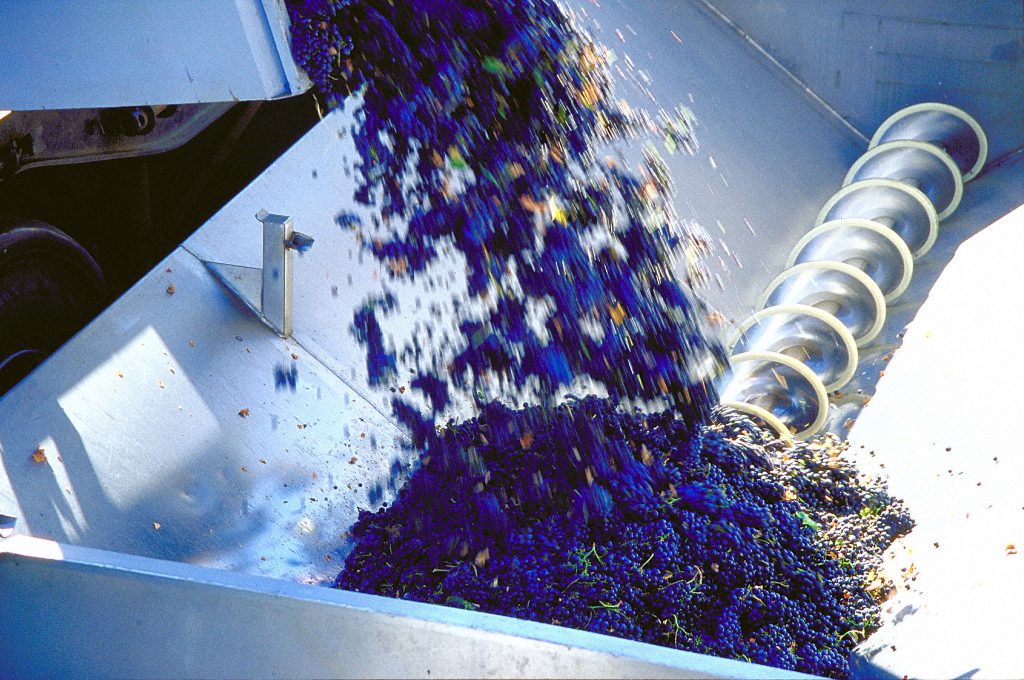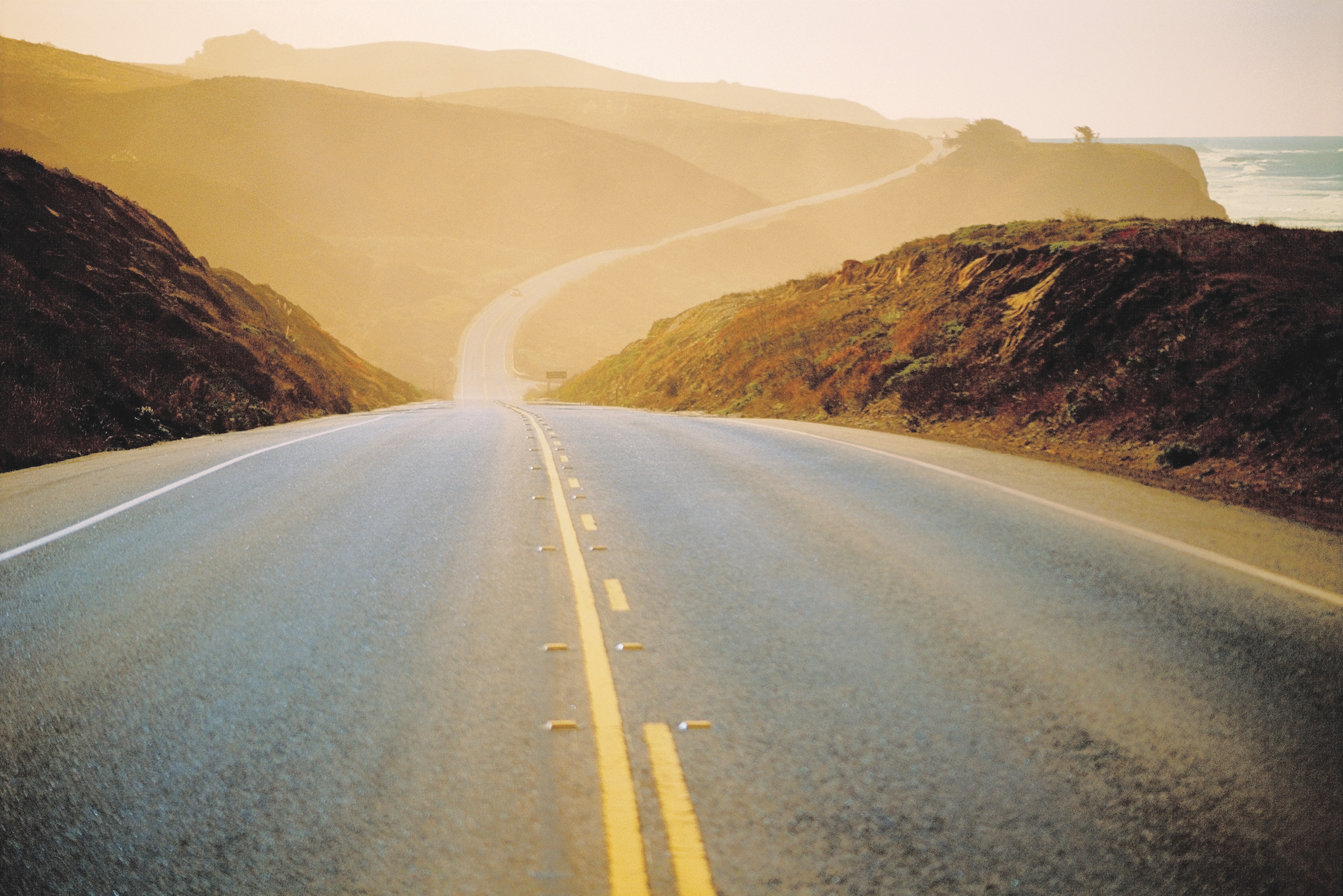
미디어 & 업계
이미지/프레젠테이션
Wine Institute’s photos show the regions, climates, grapes and people that come together to make California wine in images that whet the appetite for a taste or a visit to the Golden State. See our usage policy below.
-
 California Grape Bin
California Grape BinHarvesting during night and the early morning hours helps the fruit arrive at the winery with cool temperatures, assuring high quality fruit, reduced energy costs and cooler working conditions for harvest workers. ©California Wine Institute
Image download:
Low Resolution »
-
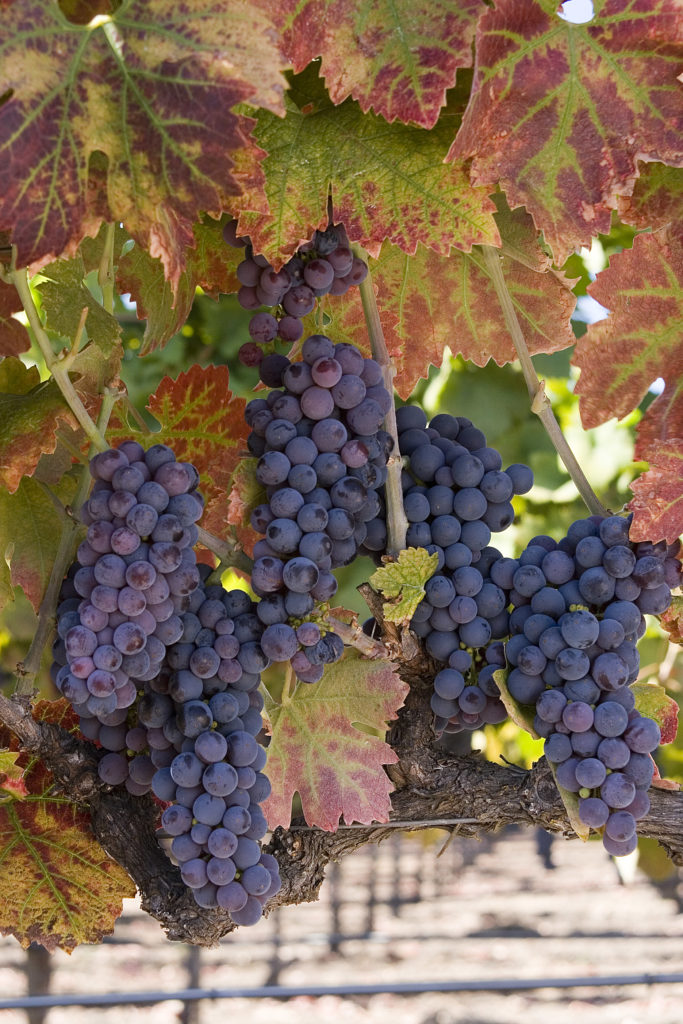 California Zinfandel
California ZinfandelClose up clusters of California Zinfandel. ©California Wine Institute
Image download:
Low Resolution »
-
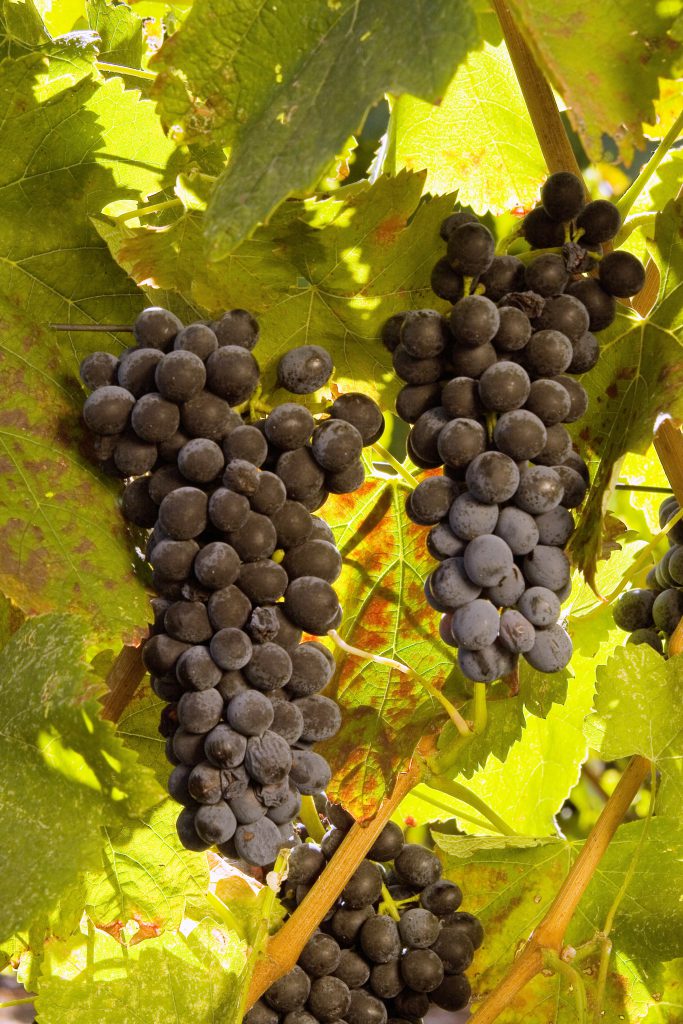 California Syrah
California SyrahClose up clusters of California Syrah. ©California Wine Institute
Image download:
Low Resolution »
-
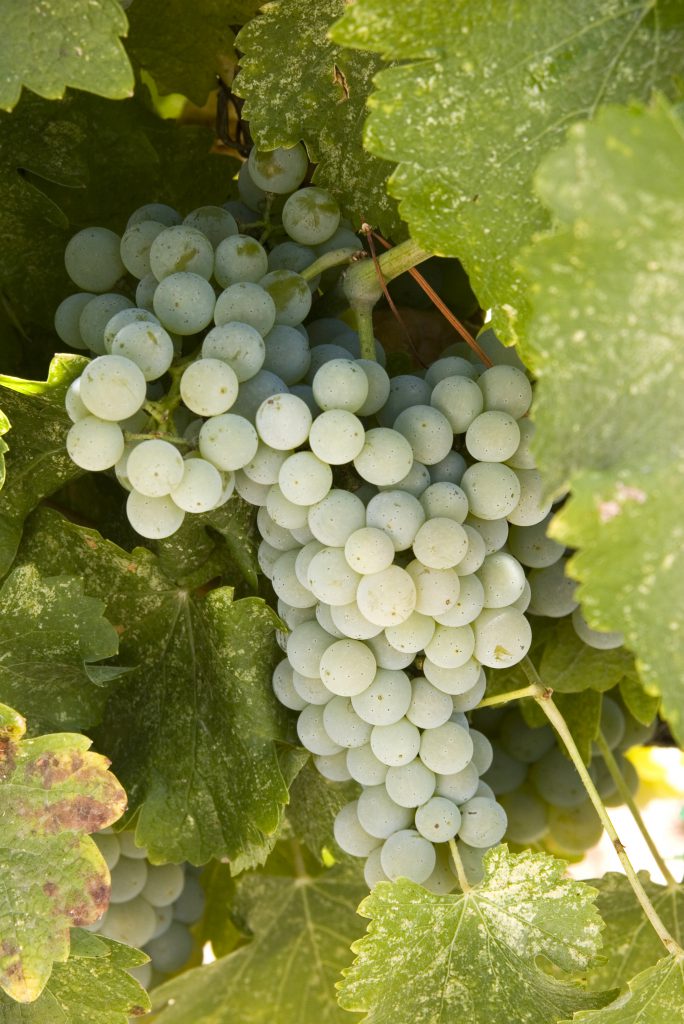 California Sauvignon Blanc
California Sauvignon BlancClose up clusters of California Sauvignon Blanc. ©California Wine Institute
Image download:
Low Resolution »
-
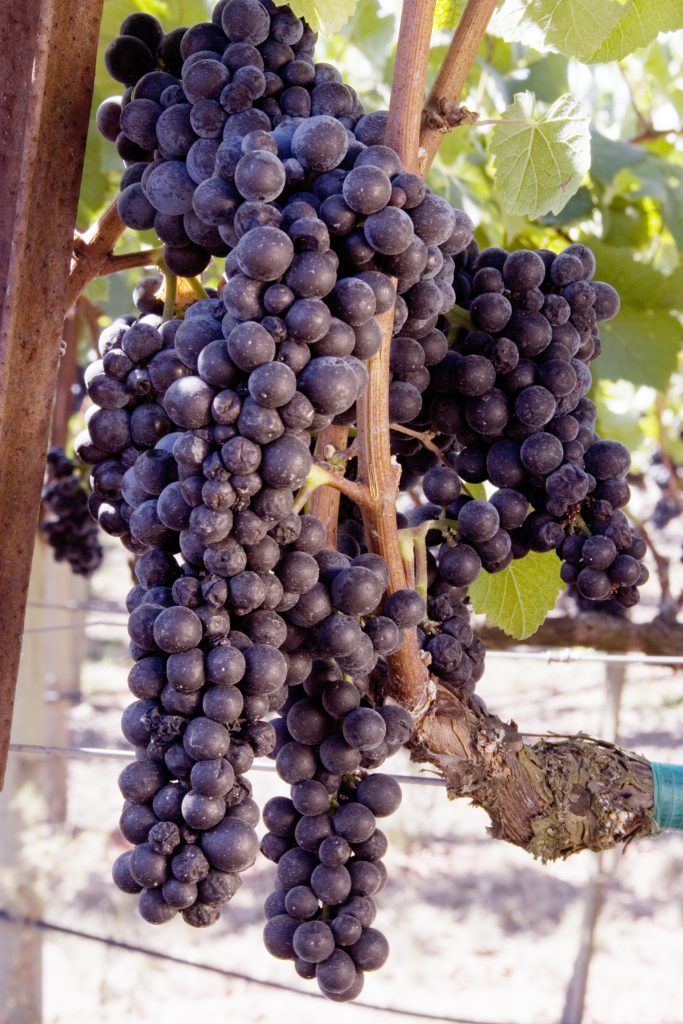 California Pinot Noir
California Pinot NoirClose up clusters of California Pinot Noir. ©California Wine Institute
Image download:
Low Resolution »
-
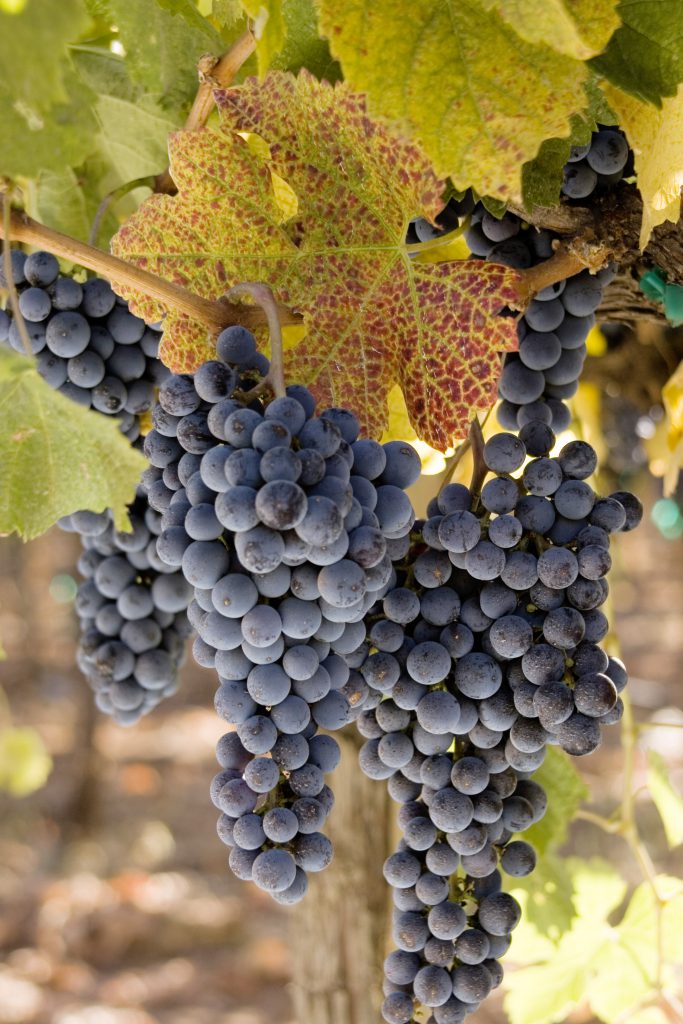 California Merlot
California MerlotClose up clusters of California Merlot. ©California Wine Institute
Image download:
Low Resolution »
-
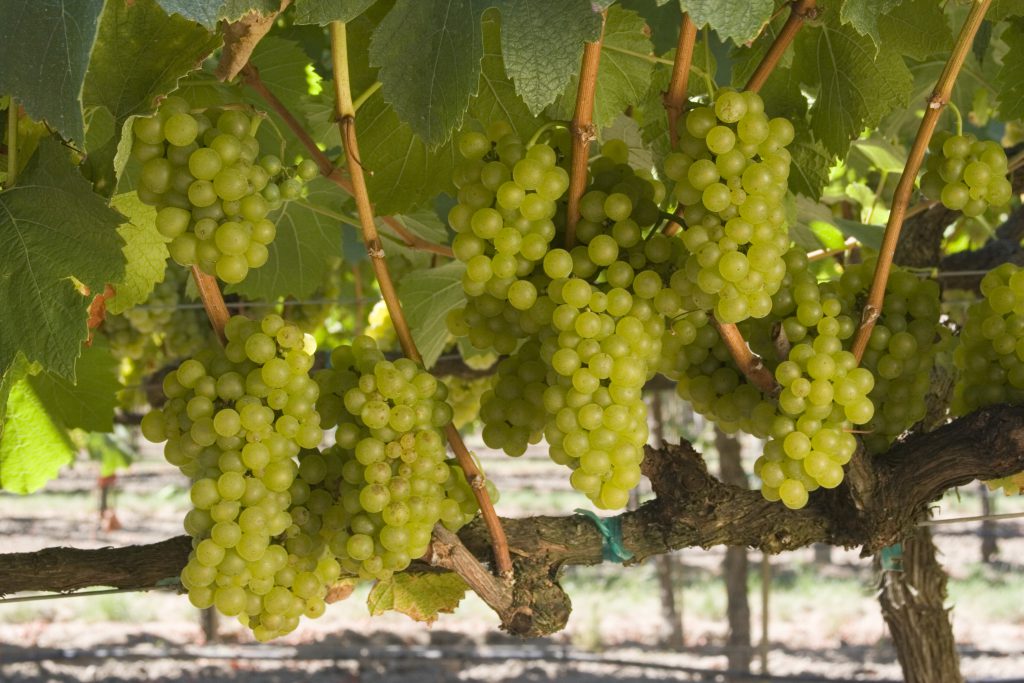 California Chardonnay
California ChardonnayClose up clusters of California Chardonnay. ©California Wine Institute
Image download:
Low Resolution »
-
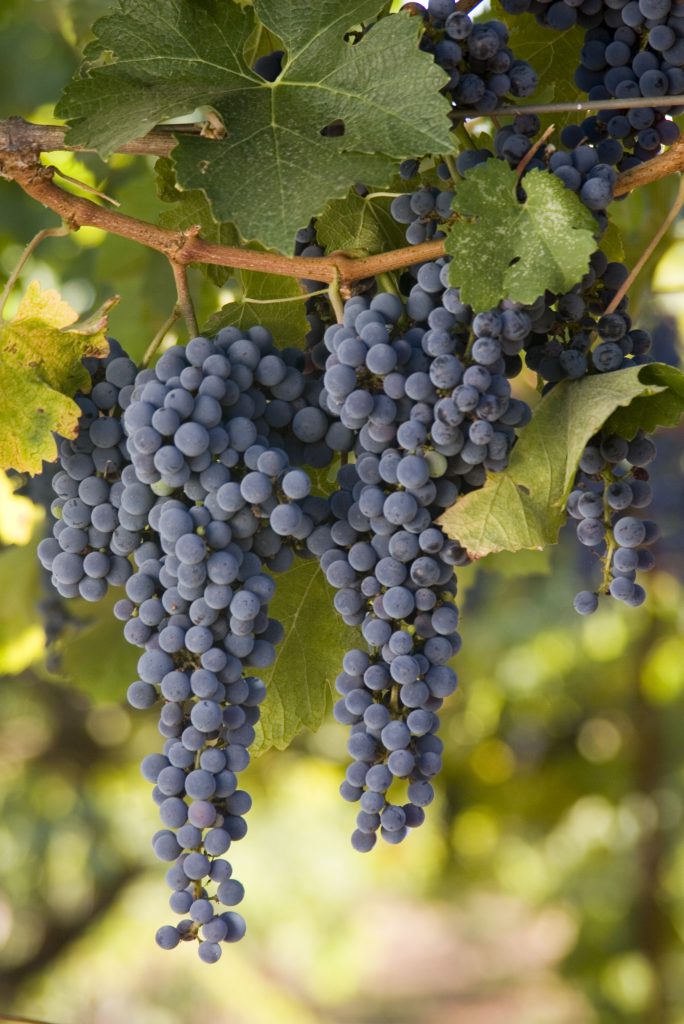 California Cabernet Sauvignon
California Cabernet SauvignonClose up clusters of California Cabernet Sauvignon. ©California Wine Institute
Image download:
Low Resolution »
-
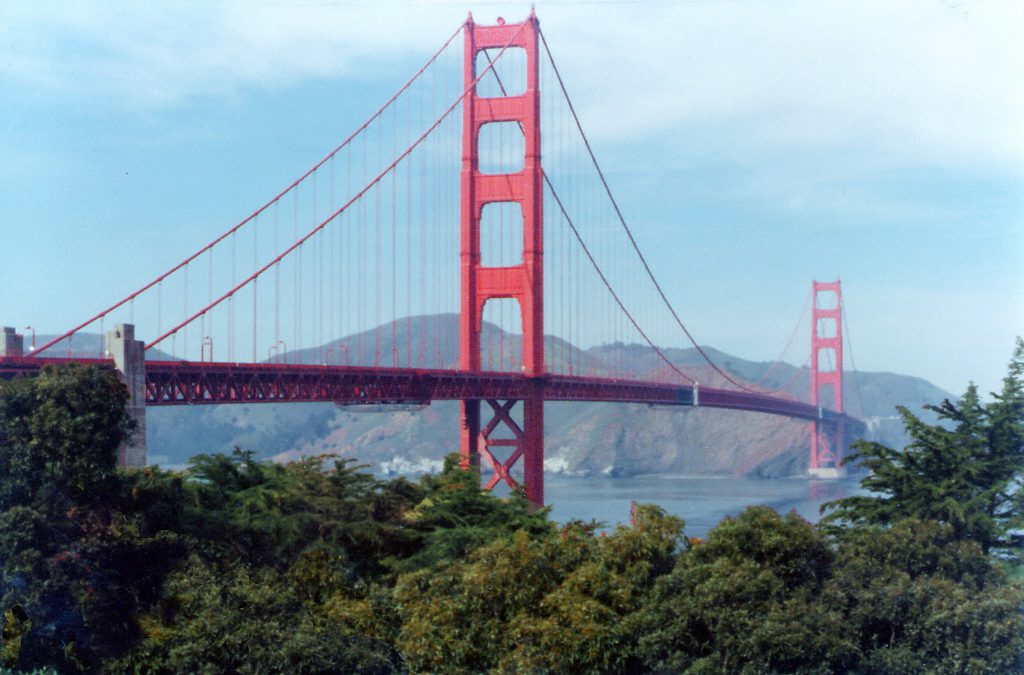 Golden Gate Bridge
Golden Gate BridgeThe world famous Golden Gate Bridge in San Francisco is the gateway to North Coast wine country and marks one of the gaps where coastal fog and breezes are pulled into the inland valleys. ©California Wine Institute
Image download:
Low Resolution »
-
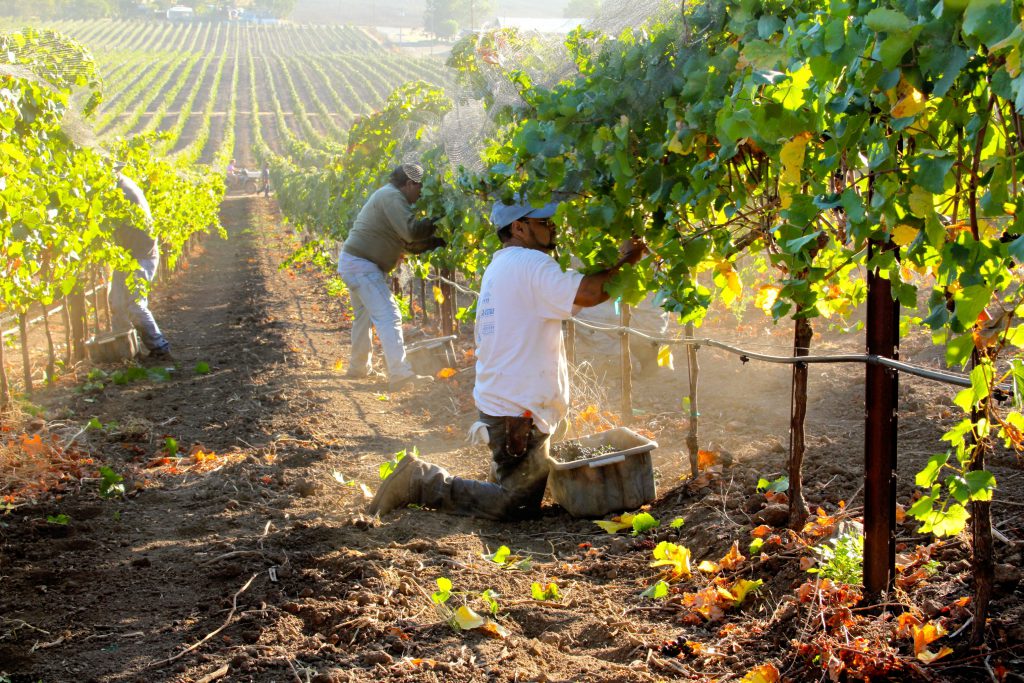 California Harvest
California HarvestHarvesting during night and the early morning hours helps the fruit arrive at the winery with cool temperatures, assuring high quality fruit, reduced energy costs and cooler working conditions for harvest workers. ©California Wine Institute
Image download:
Low Resolution »
-
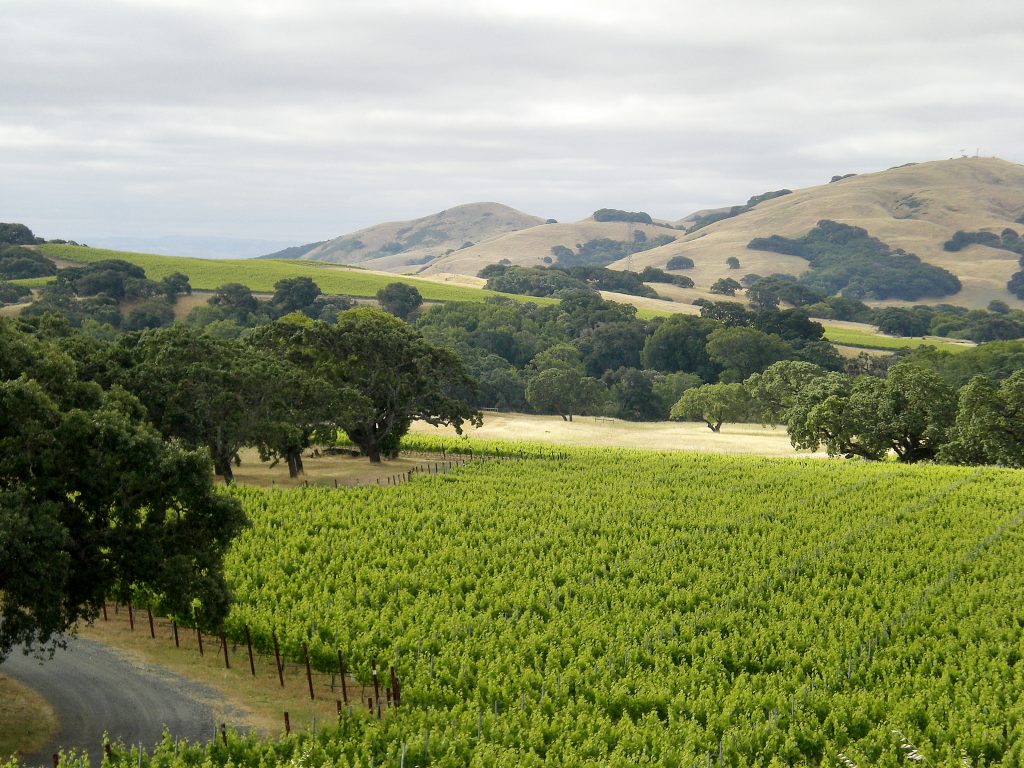 California Vineyard
California VineyardHigh coastal morning fog slowly clears over California vineyards near the scenic golden hills and groves of oak trees. ©California Wine Institute
Image download:
Low Resolution »
-
 California Vineyard
California VineyardVineyards rows are planted in an advantageous direction to receive cooling coastal breezes that create the ideally mild climate for California winegrapes. ©California Wine Institute
Image download:
Low Resolution »
-
 California Vineyard Fog
California Vineyard FogConstant sunshine and natural “air conditioning” in the form of fog and breezes ensure world class grape and wine quality. ©California Wine Institute
Image download:
Low Resolution »
-
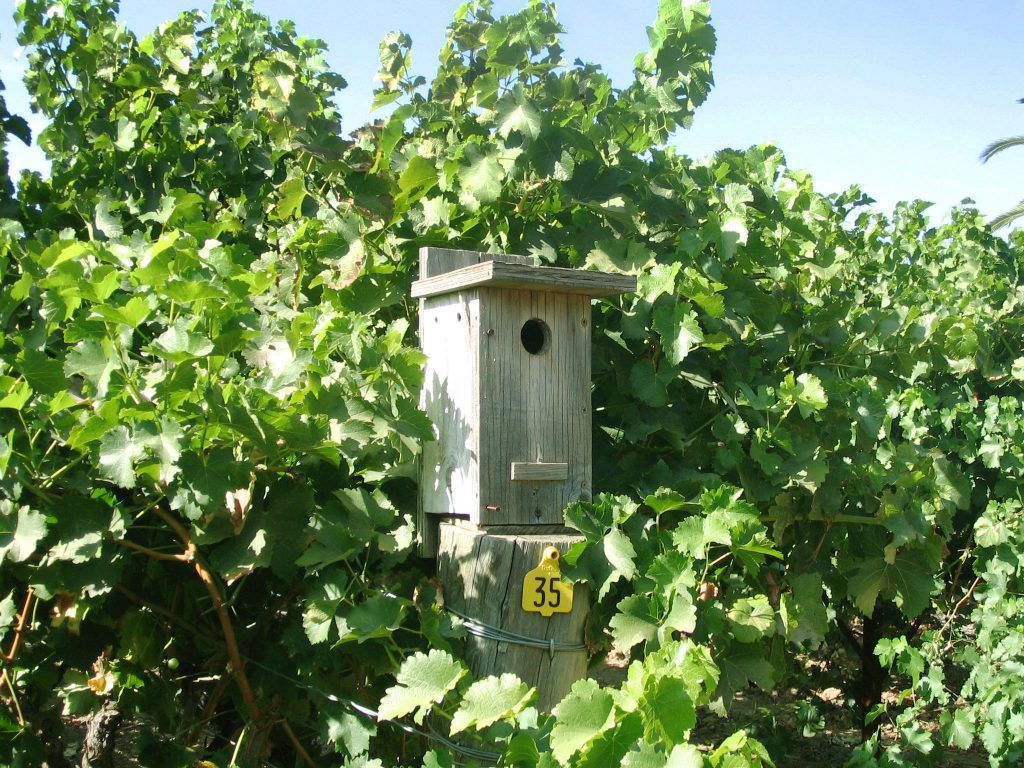 California Vineyard Birdbox
California Vineyard BirdboxNesting boxes attract birds of prey that help rid vineyards of gophers, moles and other pests. ©California Wine Institute
Image download:
Low Resolution »
-
 California Vineyard Sheep
California Vineyard SheepSheep are natural grass mowers in a California Vineyard. ©California Wine Institute
Image download:
Low Resolution »
-
 California Vineyard House
California Vineyard HouseCalifornia’s 3,500 wineries are predominantly family owned and operated with a majority producing 5,000 cases or less annually. ©California Wine Institute
Image download:
Low Resolution »
-
 Vineyard Mustard Grass
Vineyard Mustard GrassWhite and yellow mustard grass grows between vineyard rows of gnarly California vines in the winter. ©California Wine Institute
Image download:
Low Resolution »
-
 Cover Crop Flowers
Cover Crop FlowersA cover crop planted between vineyard rows improves soil fertility and provides habitat to attract beneficial insects. ©California Wine Institute
Image download:
Low Resolution »
-
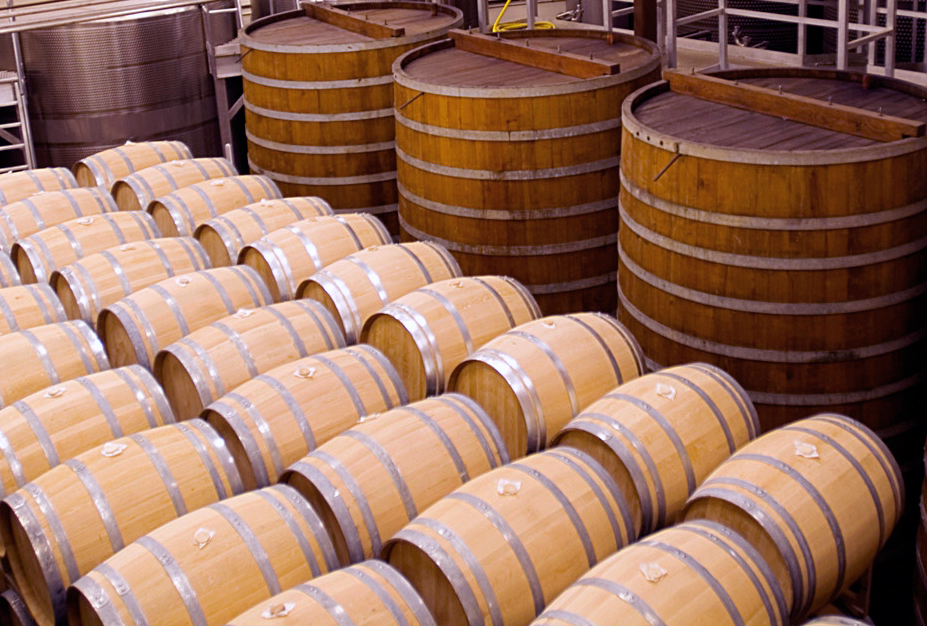 Oak Barrels
Oak BarrelsCalifornia’s artisan winemakers use small barrels to age and impart toasty oak character to certain wines. ©California Wine Institute
Image download:
Low Resolution »
-
 Oak Barrels
Oak BarrelsBoth red and white wines may be aged in oak. ©California Wine Institute
Image download:
Low Resolution »
-
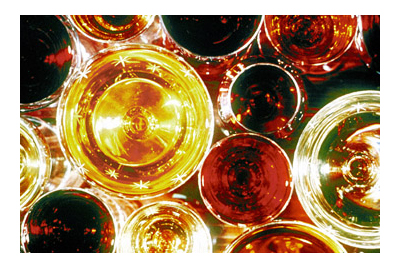 Glasses Birdseye View
Glasses Birdseye ViewCalifornia grows over 117 winegrape varieties, offering a wide range of choices. ©California Wine Institute
Image download:
Low Resolution »
-
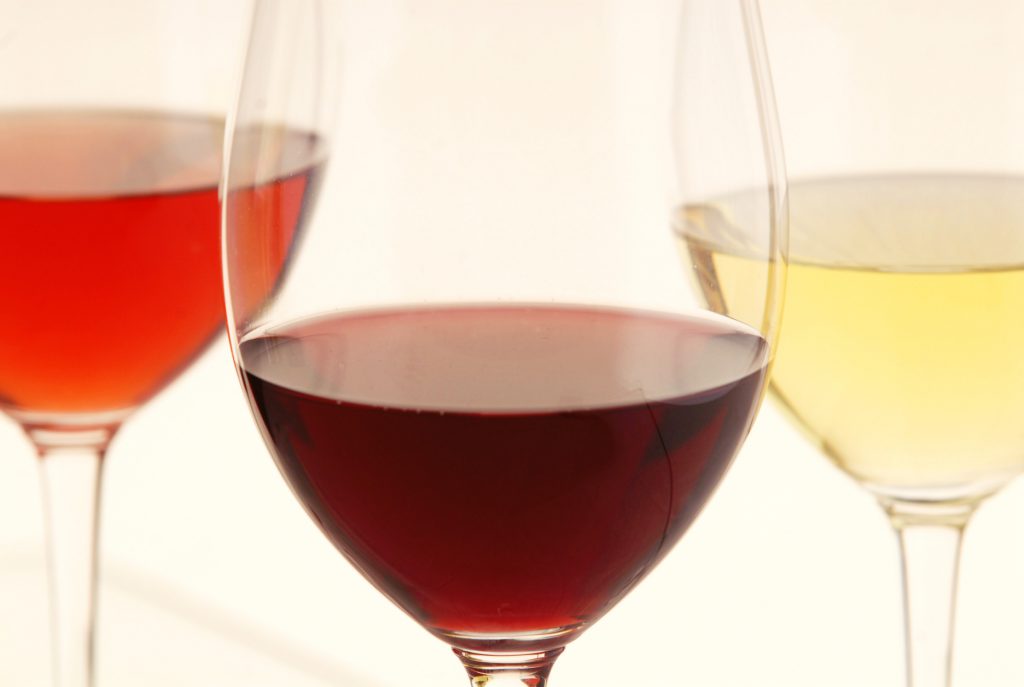 Red White Rosé
Red White RoséCabernet Sauvignon is the king of California red wines. ©California Wine Institute
Image download:
Low Resolution »
-
 California Rosés
California RosésRose wines from California have grown in popularity around the world. ©California Wine Institute
Image download:
Low Resolution »
-
 California Sparkling Wine
California Sparkling WineCalifornia has more than 80 sparkling wine producers, most using the traditional “methode champenoise.” ©California Wine Institute
Image download:
Low Resolution »
-
 Wine and Cheese
Wine and CheeseWine and cheese always make for a perfect pairing. ©California Wine Institute
Image download:
Low Resolution »
-
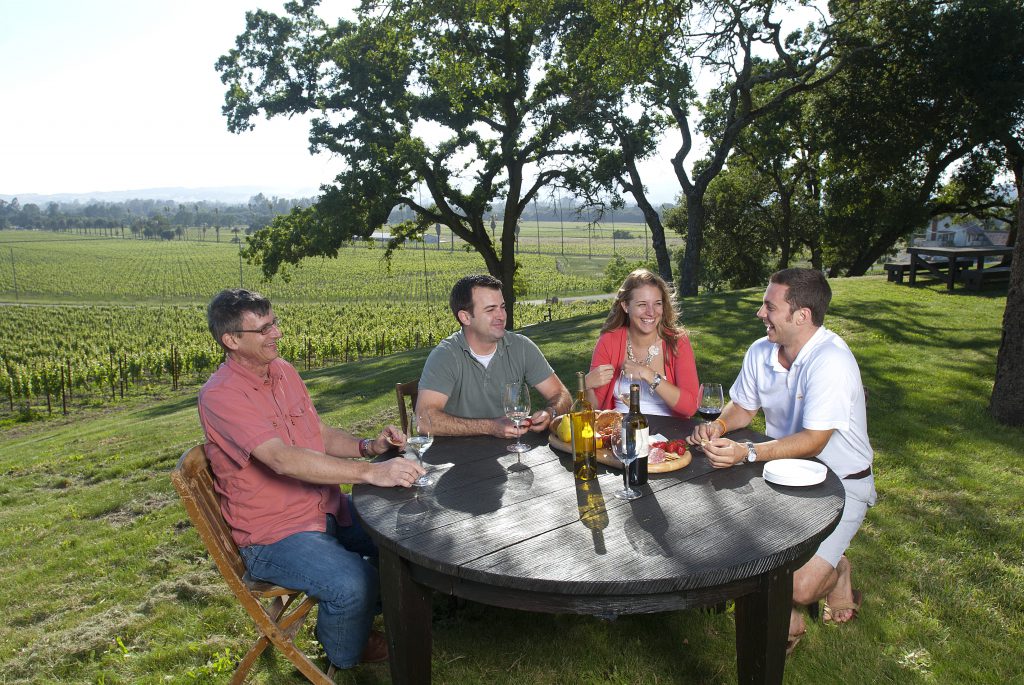 Picnic People
Picnic PeopleOutdoor sipping and scenic views are available year-round in California wine country. ©California Wine Institute
Image download:
Low Resolution »
-
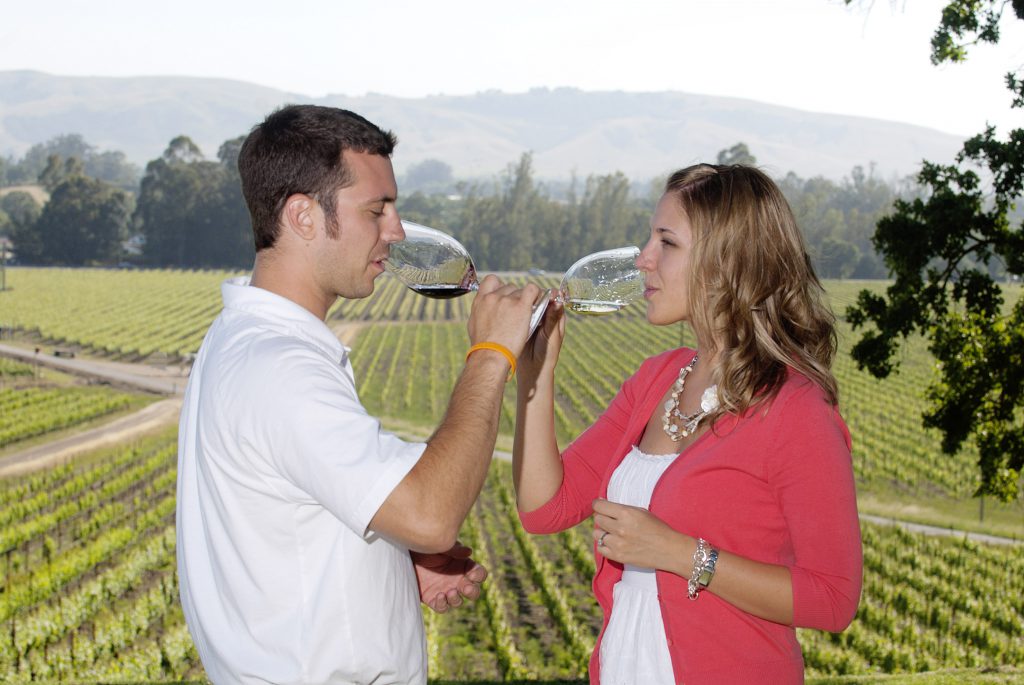 Couple and California Wine
Couple and California WineA couple enjoys California wine country. ©California Wine Institute
Image download:
Low Resolution »
